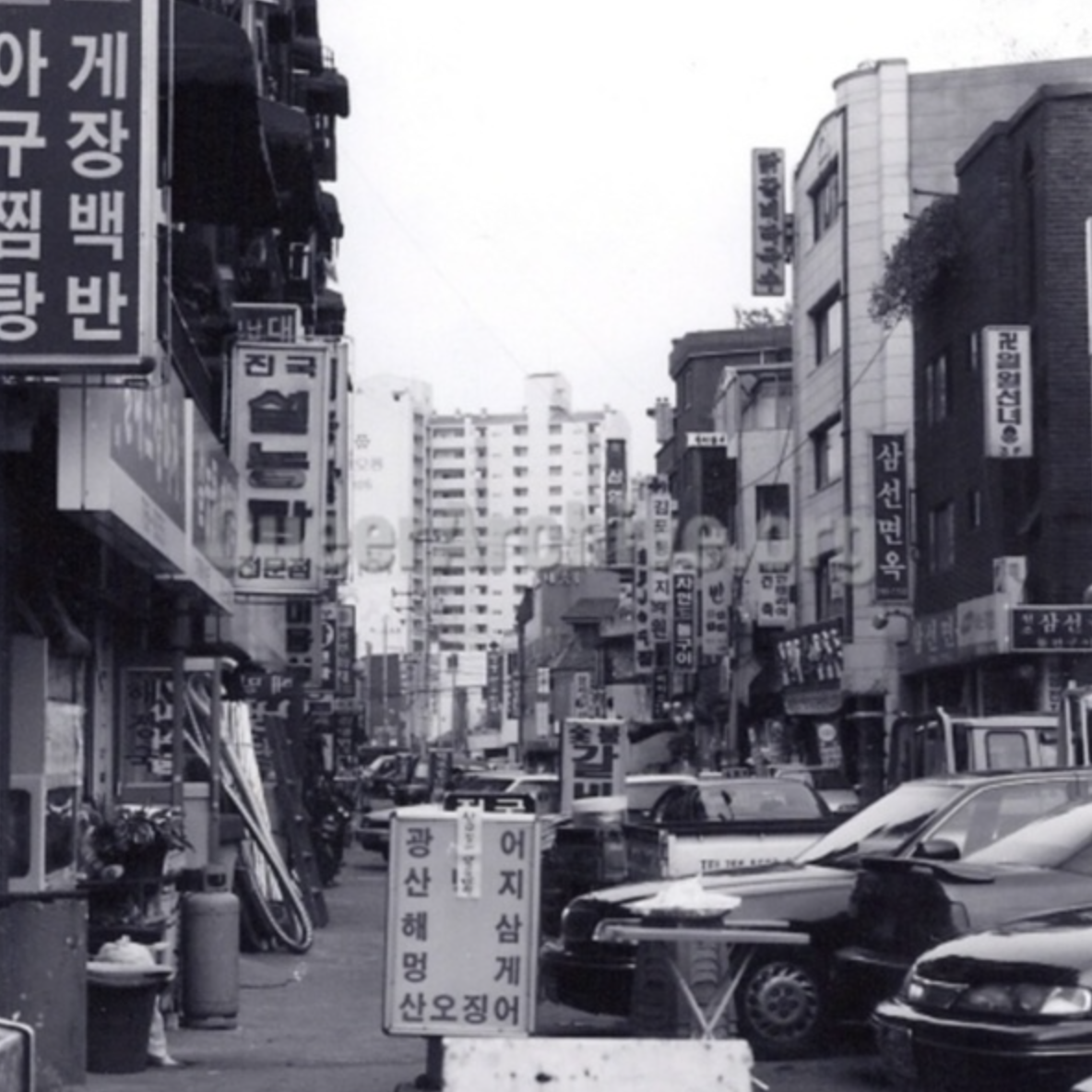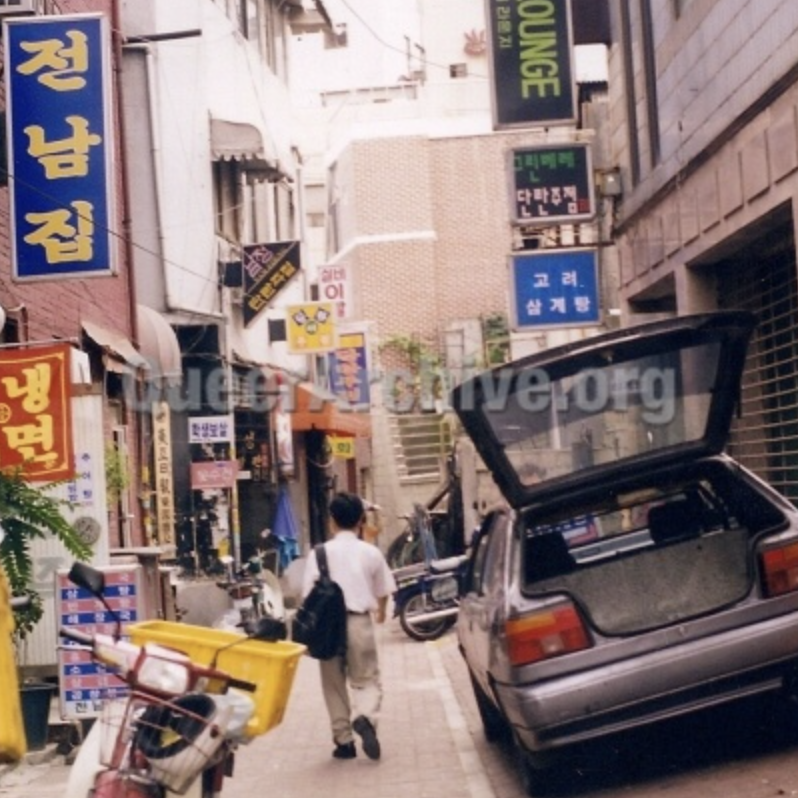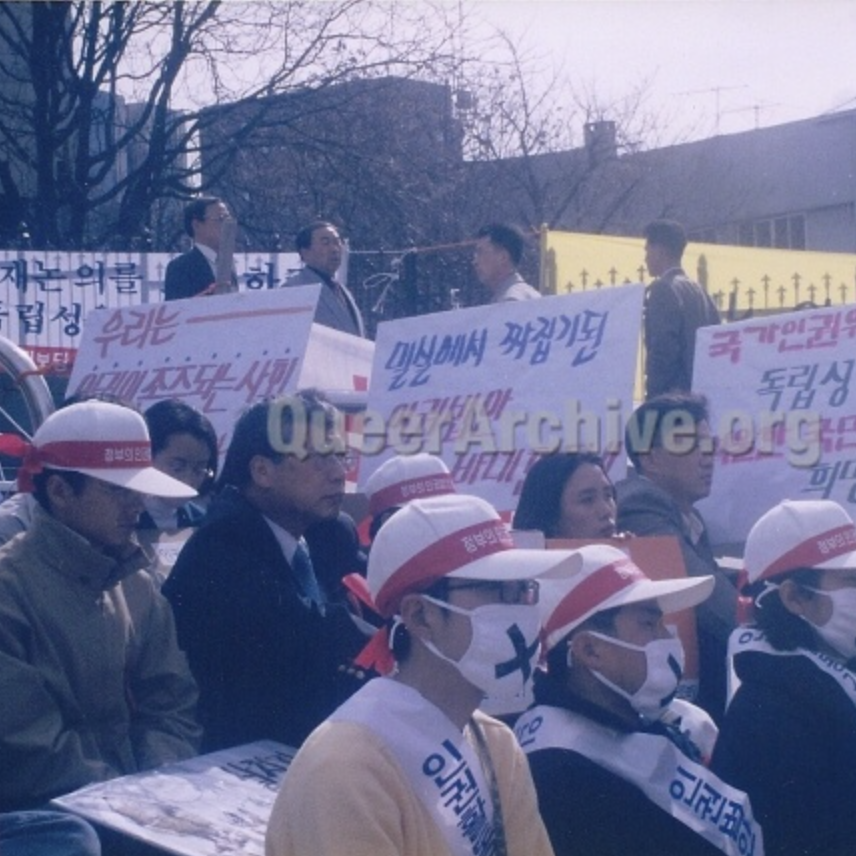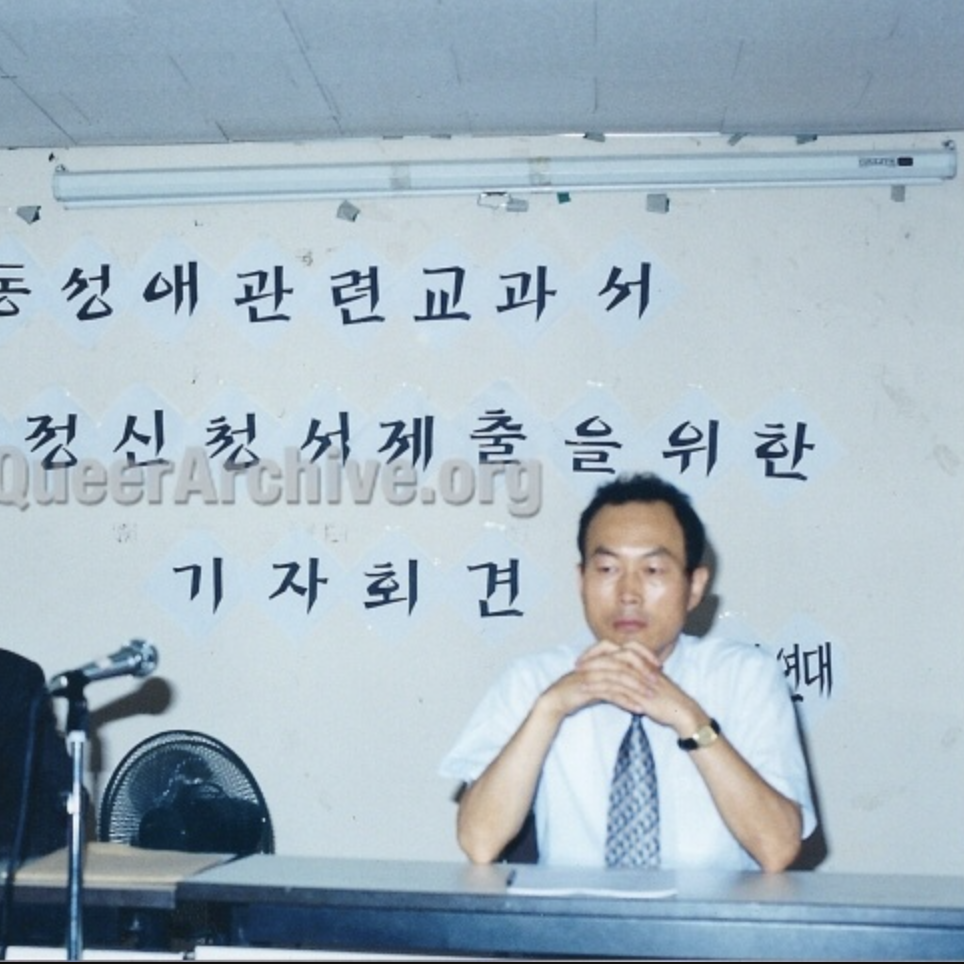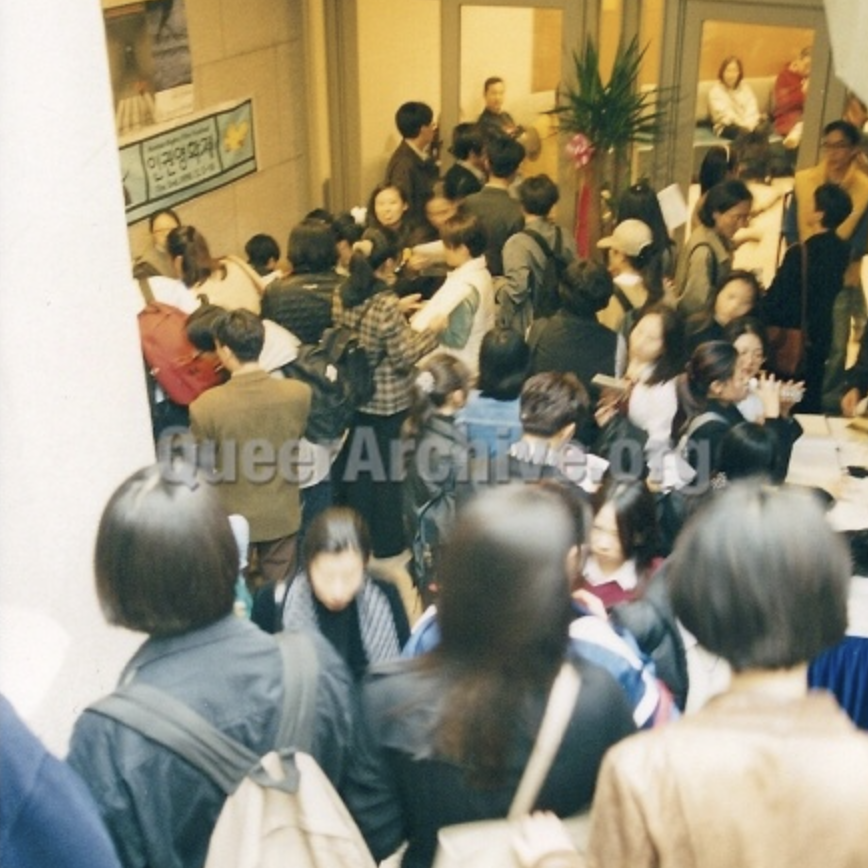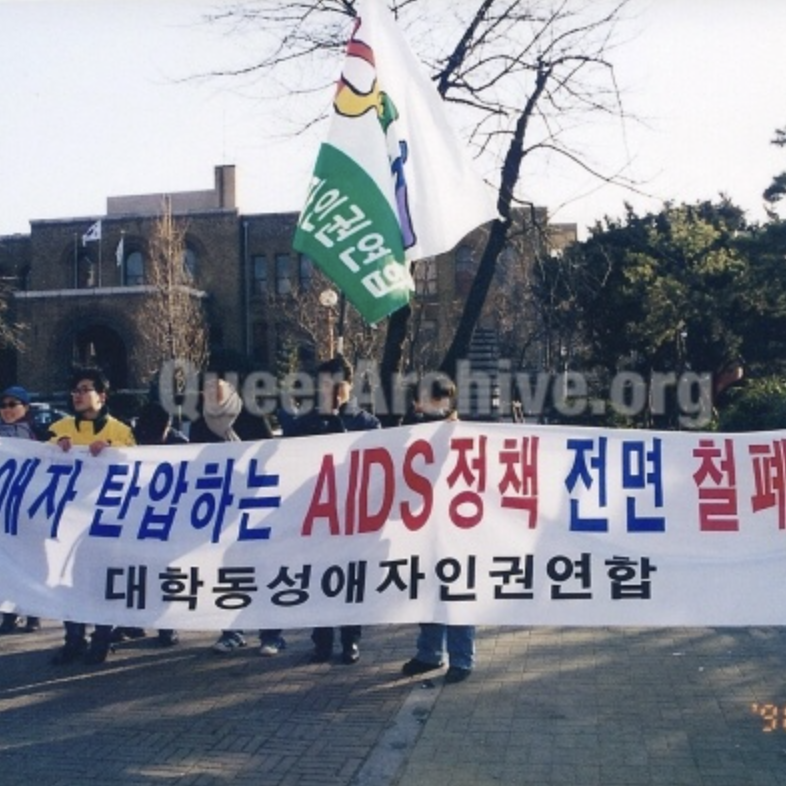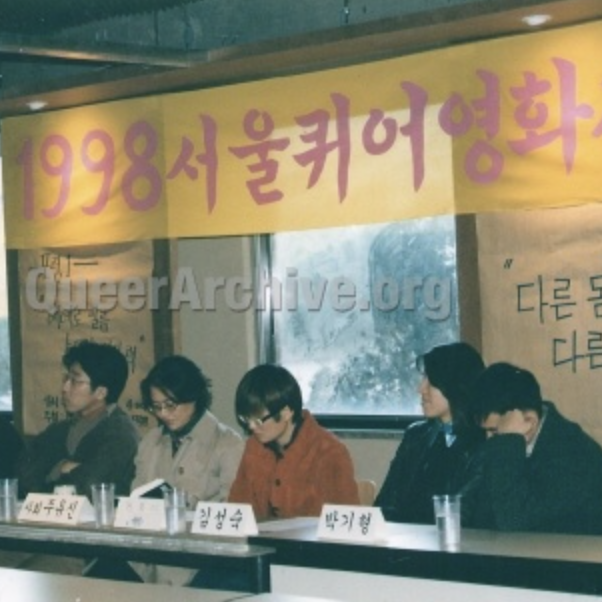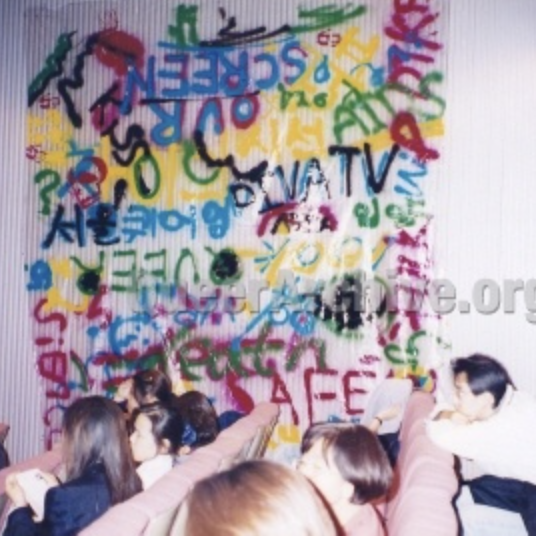Explore by Neighborhood

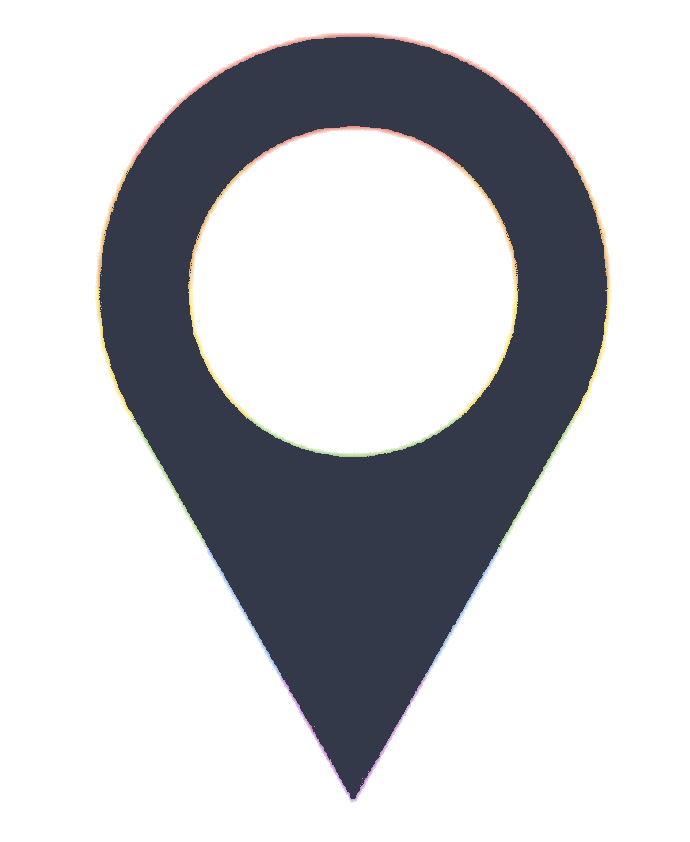








Search Database
5 results for ''
Name
Neighborhood
Est.
Description
Address
'Homo Hill'
+
Itaewon
late 1950s
A 360-foot alleyway housing between ten and twenty queer clubs and bars, Itaewon's so-called 'Homo Hill' was informally established after the Korean War. With the arrival of a large U.S. military base in the bordering area of central Yongsan, Itaewon soon became a hub for nightlife and prostitution catering to American troops. First dubbed 'Hooker Hill' and, only later, 'Homo Hill' — or now, alternatively, going by less inflammatory monikers like 'The Hill' or 'LGBTQ Street' — this part of Itaewon remains one of the most diverse, liberal, and queer parts of South Korea.
40 Usadan-ro, Yongsan-gu, SeoulBada Theater
+
Jongno
1969
Bada was one of Seoul's relatively popular and longstanding second-run movie theaters, which became popular clandestine gay meetup sites during the postwar decades. Bada was the last of these discount theaters to close its doors, which it did in 2010 — it now stands unchanged but empty.
187 Cheonggyechon-ro, Jongno-gu, SeoulAdam
+
Euljiro-Chungmuro
mid-1970s
Adam was the first bar in South Korea to exclusively cater to a gay male clientele. It attracted a diverse set of people, but was particularly popular among South Koreans who, because they had a preference for westerners, were sometimes referred to as 'potato queens.' The neighborhood alleys, filled with newspaper and printing shops during the daytime, opened their doors to gay customers at night. By their peak in the 1970s, these few narrow alleys were home to more than 20 gay bars and clubs. The 80s saw a gradual decline in business, after which Adam seems to have closed. The owner, who is quite famous among older gay South Koreans, later set up a similar bar called 'B' in Itaewon — although I could not find if or where it is located today.
19 Eulji-ro 18-gil, Jung-ju, SeoulTapgol Park (Pagoda Park)
+
Jongno
1897
Formerly called Pagoda Park after the 10-storied Wongaksa Pagoda located in its center, Tapgol Park is best known as the origin of Korea's March 1st Independence Movement in 1919 (opposing Japanese colonial occupation). Perhaps a slightly lesser-known fact is that the park was a popular gay cruising ground in the 1970s, located right across the street from the city's most popular second-run theater (Pagoda Theater, widely-known as a place where gay sex was solicited and offered). Tapgol Park today is still frequented by older South Korean gay men and by older women sex workers, and remains a bustling and historical part of downtown Seoul.
99 Jong-ro, Jongno-gu, SeoulHyundae Sauna (He's Sauna)
+
Itaewon
unknown
With a big sign proclaiming 'International Gay Hotspot' on its door, Hyundae Sauna (now operating under the name 'He's') is a 24-hour sauna in Itaewon offering a dry sauna, lounge area, video room, internet station, private cabins, dark room, pool, and food counter. Located on 'Homo Hill', various sources establish it as one of the longest-running and most well-known gay saunas and cruise clubs in Itaewon. More aptly, Hyundae Sauna is also said to be one of the most foreigner-friendly gay saunas in a city where 'Korean-only' clubs and nightlife are not uncommon. Hyundae Sauna has a 3 star rating on Google Maps, and the description 'No good looking locals, only foreigners' on Spartacus Travel Guides.
131-36 (2F) Itaewon-dong, Yongsan-gu, Seoulmore coming soon!
